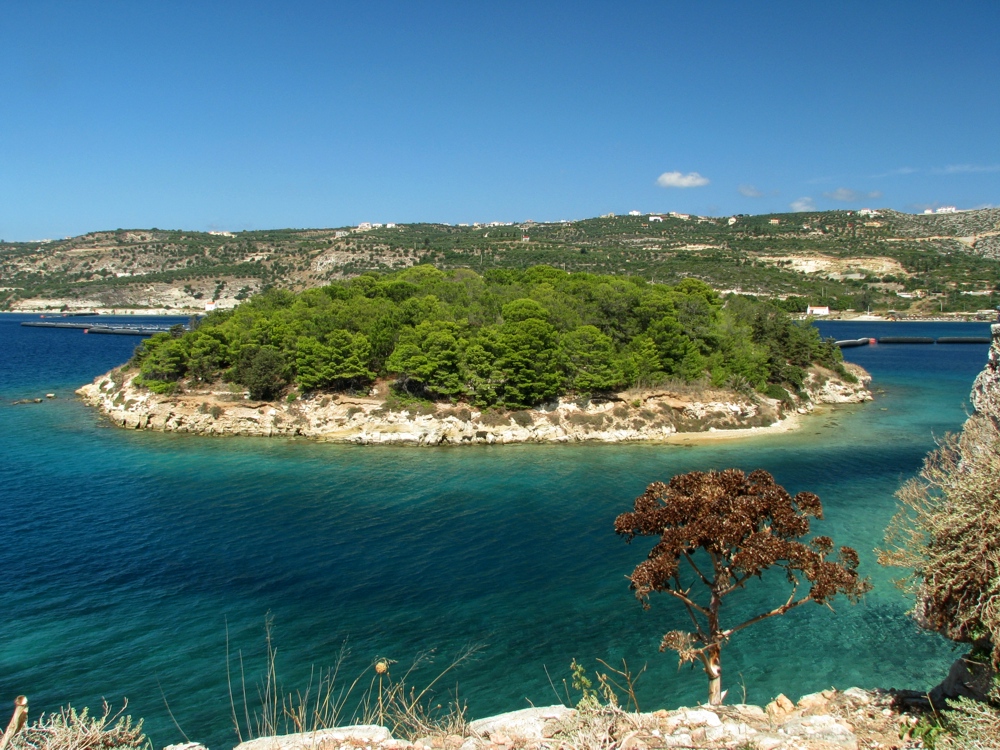Souda (island) on:
[Wikipedia]
[Google]
[Amazon]
Souda ( el, Σούδα) is an islet in
 The island was fortified by the Venetians due to its strategic location, controlling the entrance to the anchorage of
The island was fortified by the Venetians due to its strategic location, controlling the entrance to the anchorage of 
''Porto e Fortezza della Suda''
map by Marco Boschini {{Aegean Sea Landforms of Chania (regional unit) Uninhabited islands of Crete Mediterranean islands Venetian fortifications in Crete Islands of Greece Souda Bay 1715 establishments in the Ottoman Empire
Souda Bay
Souda Bay is a bay and natural harbour near the town of Souda on the northwest coast of the Greek island of Crete. The bay is about 15 km long and only two to four km wide, and a deep natural harbour. It is formed between the Akrotiri p ...
on the northwest coast of Crete
Crete ( el, Κρήτη, translit=, Modern: , Ancient: ) is the largest and most populous of the Greek islands, the 88th largest island in the world and the fifth largest island in the Mediterranean Sea, after Sicily, Sardinia, Cyprus, ...
. In ancient times this islet was one of two islets that were referred to as Leukai. The second islet is known today as Leon
Leon, Léon (French) or León (Spanish) may refer to:
Places
Europe
* León, Spain, capital city of the Province of León
* Province of León, Spain
* Kingdom of León, an independent state in the Iberian Peninsula from 910 to 1230 and again f ...
.
History
Souda Bay
Souda Bay is a bay and natural harbour near the town of Souda on the northwest coast of the Greek island of Crete. The bay is about 15 km long and only two to four km wide, and a deep natural harbour. It is formed between the Akrotiri p ...
(which is still an important Greek and NATO naval base). Although the rest of Crete fell to Ottoman control in the Cretan War (1645–1669)
The Cretan War ( el, Κρητικός Πόλεμος, tr, Girit'in Fethi), also known as the War of Candia ( it, Guerra di Candia) or the Fifth Ottoman–Venetian War, was a conflict between the Republic of Venice and her allies (chief among ...
, the fortress of Souda (along with the island fortresses of Gramvousa and Spinalonga) remained in Venetian hands until 1715, when they too fell to the Ottomans. During this time, the island served as a refuge for Cretan insurgents.

Mythology
On the northwest side of the islet, a small distance away, there is another island which is almost round in shape, which used to be referred to on medieval Venetian maps as ''Rabbit Island'' (known as ''Nisi'' and ''Leon'' today). In ancient times these two islets were referred to as Leukai (Greek for "white ones"). Their name came from the ancient Greek myth about a musical contest between the Sirens and the Muses. Out of their anguish from losing the competition, writesStephanus of Byzantium
Stephanus or Stephan of Byzantium ( la, Stephanus Byzantinus; grc-gre, Στέφανος Βυζάντιος, ''Stéphanos Byzántios''; centuryAD), was a Byzantine grammarian and the author of an important geographical dictionary entitled ''Ethn ...
, the Muses plucked their rivals' feathers from their wings; the Sirens turned white and fell into the sea at Aptera ("wingless") where they formed the islands in the bay that were called Lefkai.Caroline M. Galt, "A marble fragment at Mount Holyoke College from the Cretan city of Aptera", ''Art and Archaeology'' 6 (1920:150).
See also
* List of islands of GreeceReferences
External links
''Porto e Fortezza della Suda''
map by Marco Boschini {{Aegean Sea Landforms of Chania (regional unit) Uninhabited islands of Crete Mediterranean islands Venetian fortifications in Crete Islands of Greece Souda Bay 1715 establishments in the Ottoman Empire